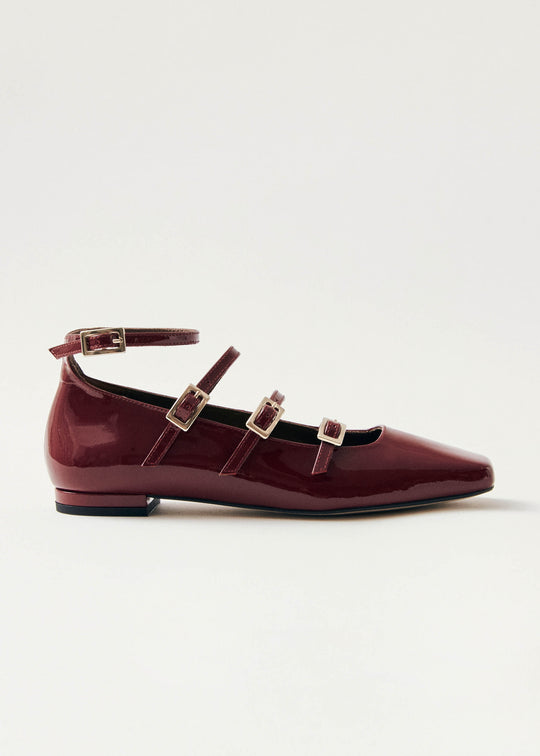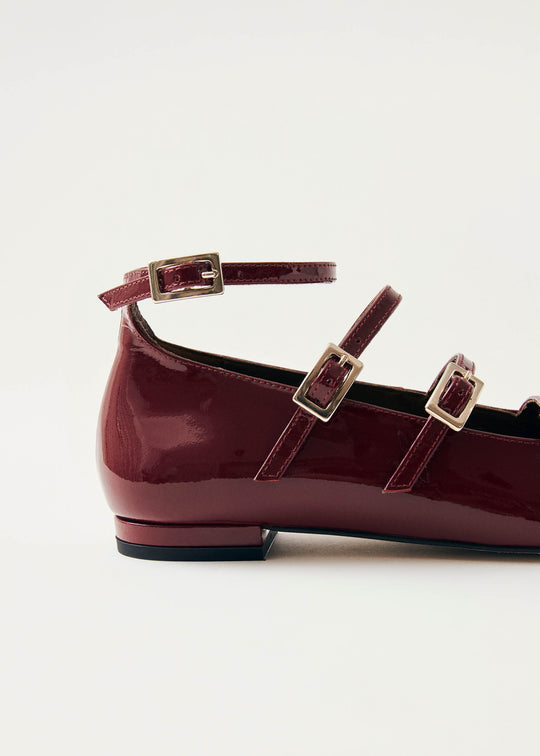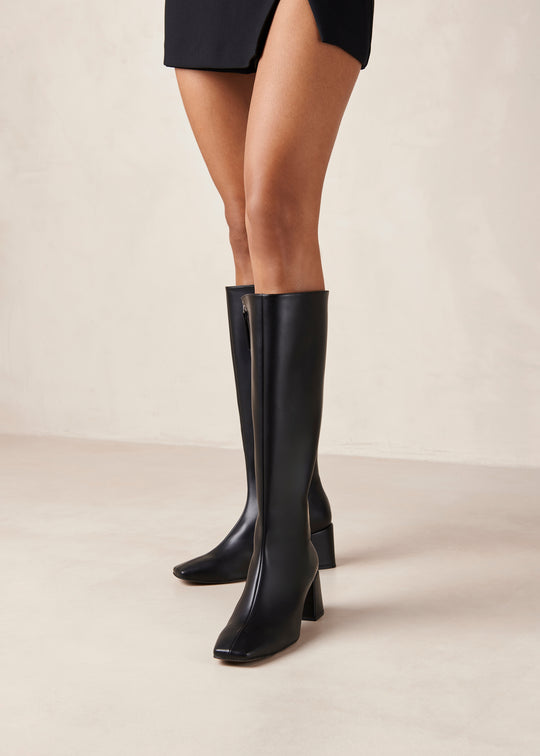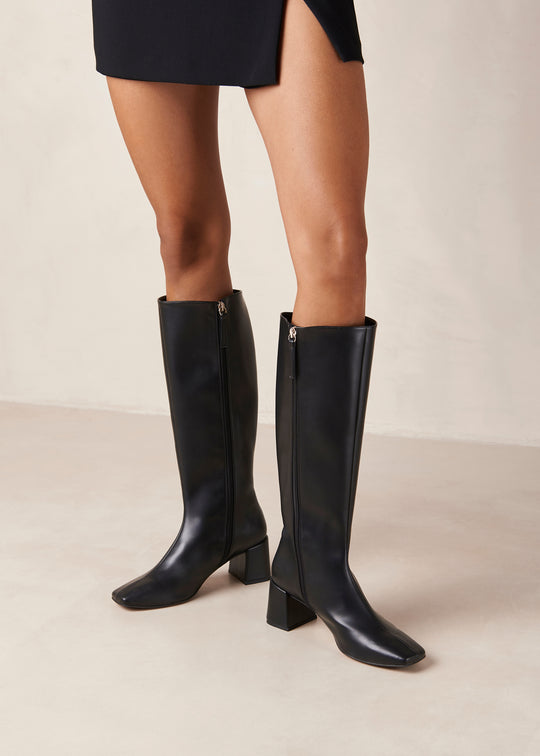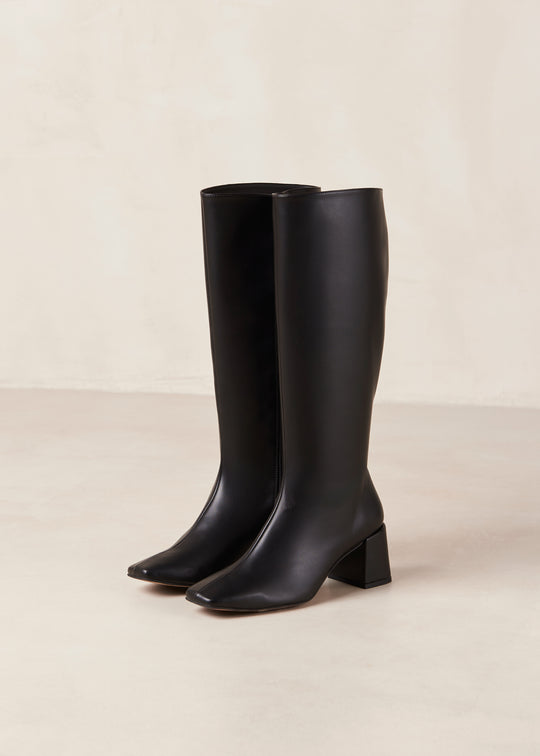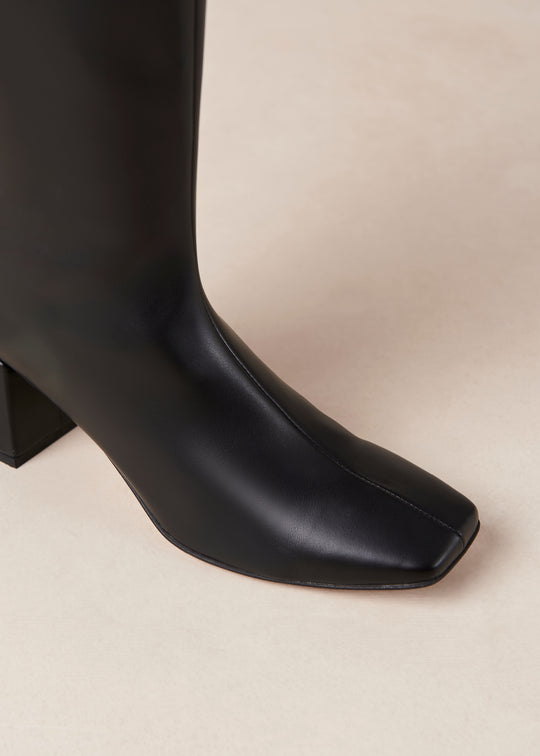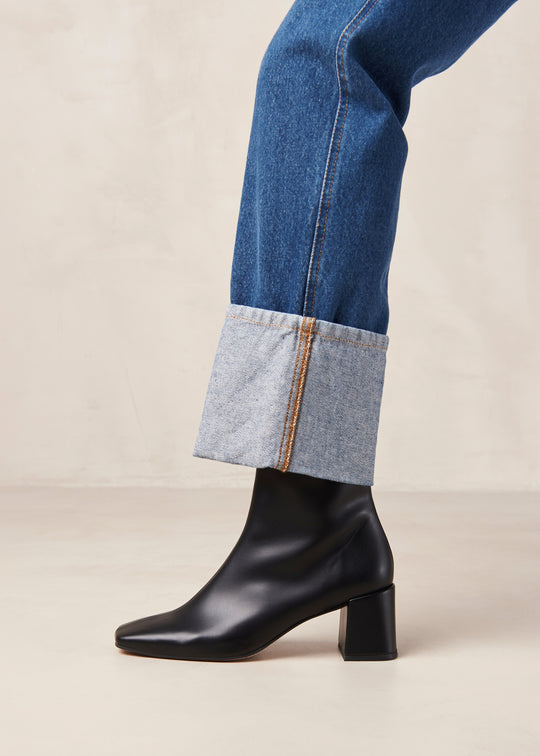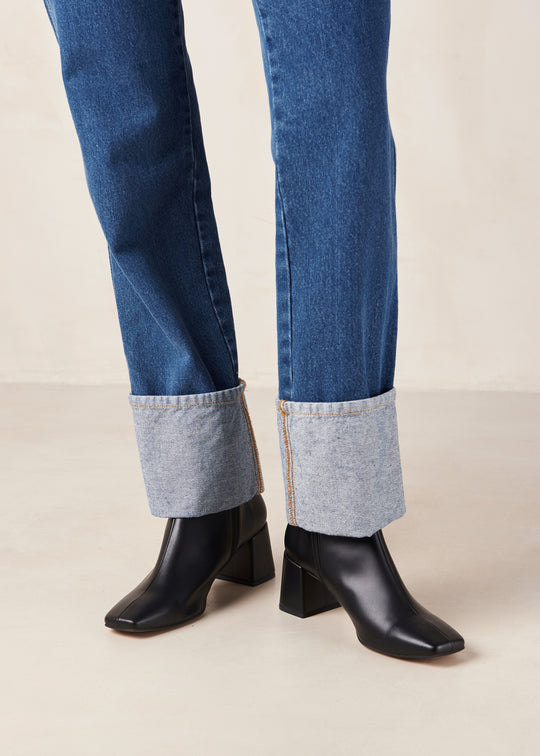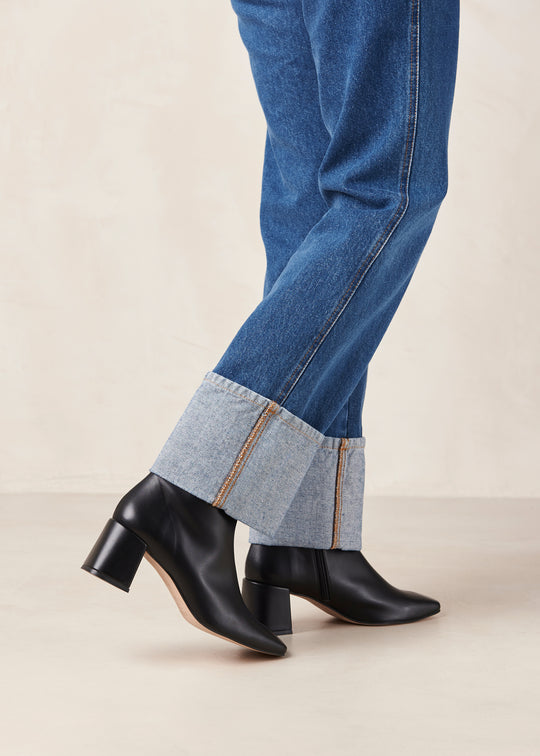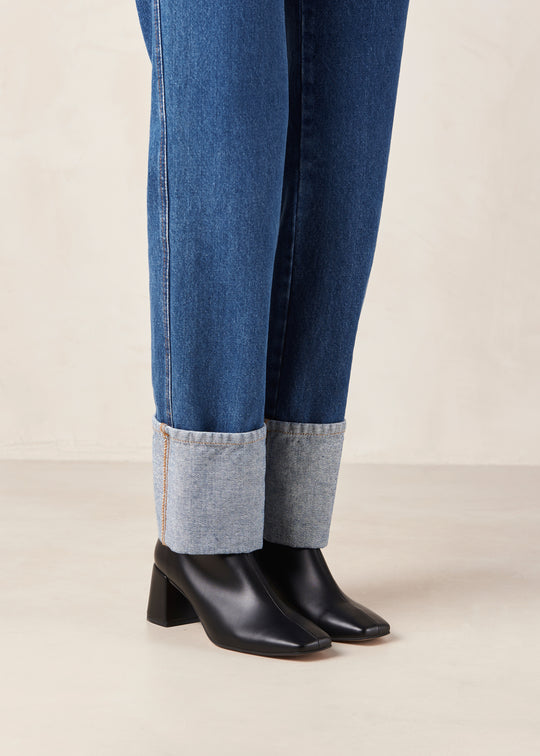When it comes to being eco-friendly and making sustainable choices using natural materials seems like a no-brainer, right? We often hear about how wood, stone, and all those organic fibers are the way to go to save the planet. But hold on a sec, is it really that simple? Let's roll up our sleeves and take a closer look. In this blog, we're gonna explore the good and not-so-good sides of using natural materials to find out if they're always the most sustainable option.

The Perks of Going Natural
Renewable Resources
Alright, let's start with the good stuff. One of the coolest things about natural materials is that they're renewable resources. We can keep replanting trees, growing crops, and raising animals for their fibers without wreaking havoc on Mother Earth. So, if we manage these resources responsibly, we've got ourselves a long-term sustainable choice. Way to go!
Biodegradability
Here's another high-five moment for natural materials. They're biodegradable, which means they break down over time without turning our planet into a junkyard. Unlike those plastic thingamajigs that stick around for centuries, natural materials say bye-bye when their time is up. Less garbage, less pollution.
Aesthetics
Okay, let's be honest; natural materials are pretty easy on the eyes. They've got this unique, charming, and oh-so-appealing aesthetic that just clicks with our hearts. Using wood or stone in design and construction can make spaces feel like cozy little havens. Plus, it gives us a warm fuzzy feeling of being connected with nature. Who doesn't want that, right?

The Downside of Nature's Way
A Resource-Hungry Production
Now, before we declare our love for all things natural, let's face the music. Producing these materials can sometimes be resource-intensive . Take the timber industry, for example. It demands vast areas of land, and that's not always a good thing. And don't even get me started on the impact of agriculture for natural fibers. It can sometimes get in the way of producing our yummy food, leading to deforestation and loss of animal homes.
Nature's Footprint - Not Always Gentle
Harvesting natural materials can leave its mark on the environment. Logging operations, for instance, can wreak havoc on ecosystems, causing soil erosion and messing up wildlife habitats. And guess what? Some of these activities may use up way more water than we'd like, putting a strain on local resources.
Slow Growth and Scarce Supply
Oh, and let's not forget about the clock ticking. Some natural materials, like those precious woods, take AGES to grow to their full potential. And if we're not careful, we could end up using them up faster than they can say, ‘Hey, slow down!’. Imagine having a world without those beautiful trees. Yikes.
Thinking Outside the Natural Box
The Reincarnation of Materials - Recycle and Upcycle!
But hold on–it's not all doom and gloom. We've got some eco-friendly superheroes as well–recycled and upcycled materials! When we give old stuff a new life, we reduce the need for fresh natural resources and keep a whole bunch of waste out of landfills.

Sustainable Synthetics
Sustainable synthetics have also been developed and introduced over the last several decades–some brilliant minds have come up with alternatives that mimic natural materials but are way less of a burden on the planet. So we can still have our cake and eat it too. Way to innovate. Some of our favorites include cactus-based leather such as Desserto® or others like corn, apple, pineapple… You name it.

The Wrap-Up
So, here's the scoop - using natural materials isn't always a clear-cut winner in the sustainability Olympics. While they've got some fantastic perks like renewability, biodegradability, and stunning looks, they've also got their downsides. It’s a lot more complex than it seems at first glance.
But hey, we're not stuck between a rock and a hard place! We can be savvy and creative by embracing recycled and upcycled materials. And let's not forget the cool sustainable synthetics that give us the best of both worlds.
When it comes down to it, it's all about balance and mindful choices. Let's be kind to our planet, use what we need wisely, and remember that Mother Nature appreciates some good ol' TLC.








